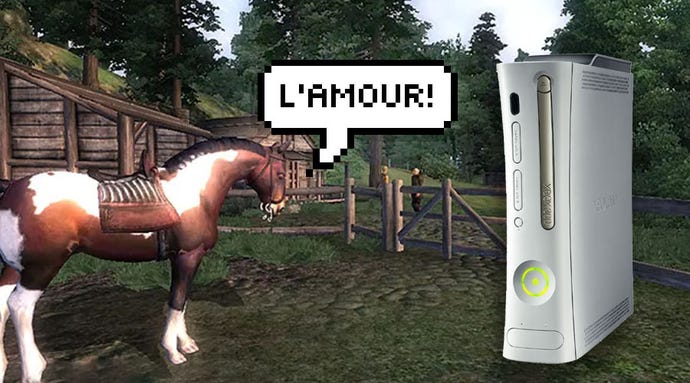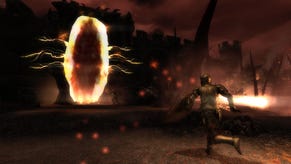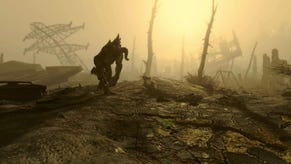Oblivion: Somehow, 17 years have passed since The Elder Scrolls went mainstream and changed gaming forever
From Fallout to The Witcher, Oblivion paved the way for console-friendly RPGs to become the dominant force they are today.
It’s completely absurd that the best part of twenty years have chundered along since The Elder Scrolls IV: Oblivion came out. I barely feel old enough to have fully formed memories of doing things that long ago. But yes, fine, calendars don’t lie, and it really has been seventeen years, three console generations, and an entire global pandemic between the time that Oblivion first graced our monitor screens… and now.
It’s difficult to remember just how different the gaming landscape was back then. With the Nintendo’s Wii and Sony’s PS3 still months away from launch (and the latter stumbling its way out of the birth canal on a wave of bad PR), the Red Ring saga yet to hit Microsoft in the pocket, and Don Mattrick still working in relative obscurity at Electronic Arts, the Xbox brand was a serious, solid contender in the console space. It had beaten its contenders onto shelves by a full year, and by March 2006, the stage had been set for Next Gen to truly start.
Which it did. Despite Kaz Hirai’s flippant insistence that Sony, and Sony alone, would decide when the next generation starts, what actually kicked it off was a little game called The Elder Scrolls IV: Oblivion, in what would be a watershed moment not just for Bethesda Softworks, but for RPGs in general.
A lot of it was down to the timing. See, though the 360 had launched at the tail end of 2005, there wasn’t much going on there to get the blood pumping. Call of Duty 2 was nice to have, but the series was years away from becoming a proper big deal. An iffy Perfect Dark prequel and the pretty-but-forgettable Kameo: Elements of Power hadn’t really made much of an impression beyond making people concerned that Rare’s best days might be well behind them. Frankly, by March, people were getting a bit sick of Bankshot Billiards and Geometry Wars.
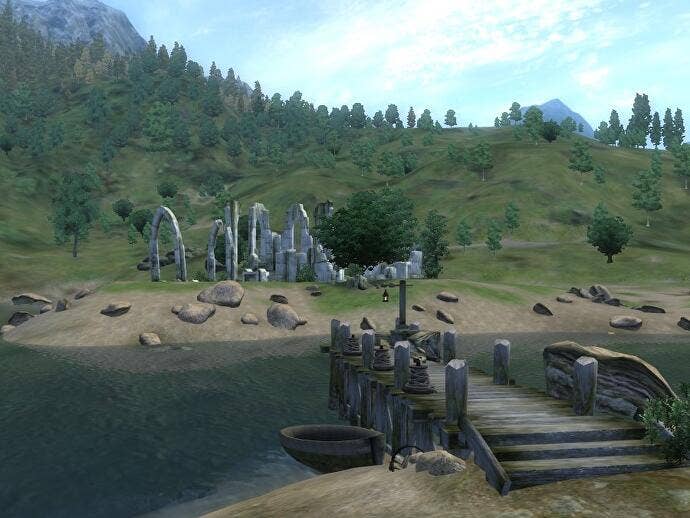
But then Oblivion, which in familiar Bethesda style was planned as a launch title for the machine but ended up having to be delayed for polish, burst forth from the Imperial sewers and treated us all to something which was, back then, a truly transformational “next-gen” experience: an enormous do anything, go anywhere world, simulated so granularly that you could walk into someone’s house and pick cutlery up off their dining tables. Bounce an apple of their head. And they’d tell you off. With Havok physics! Real time shadows! Full voice acting, on characters with glistening wet eyeballs!
It was, arguably, the first properly good reason to own an Xbox 360. One that couldn’t be experienced perfectly adequately on the PS2. One that set a high standard for western RPGs for years to come, paving the way for its stablemates which made the relatively obscure Fallout series into a juggernaut, and its sequel Skyrim which is, unless you count Pokemon, the most successful RPG of all time. The template Oblivion set, inherited in a ramshackle form from Morrowind, will be followed once again this year by Starfield, which will probably be the biggest game of this year. But aside from its direct descendents, Oblivion’s influence on the genre as a whole, and the very market which it serves, can scarcely be overstated.
It did for western RPGs what Final Fantasy VII had done for their eastern counterparts a decade earlier: it was so spectacular, and so memorable, that it made everyone take notice. It set a standard which games of its type would forever be compared to, and it vastly expanded the potential audience for them, as hundreds of thousands of people discovered a newfound love for RPGs via a form that made the genre inviting and accessible. In a word, it made them possible.
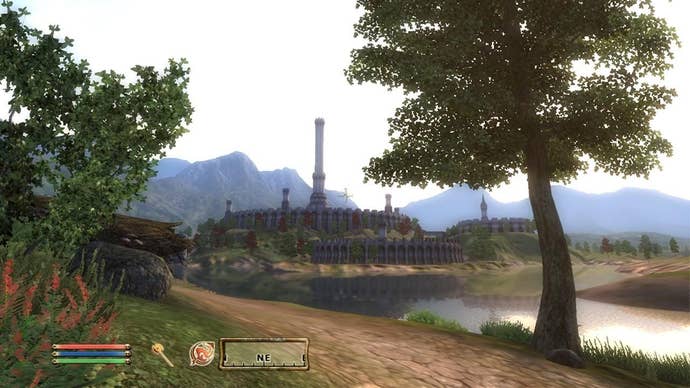
It also kicked off the horrid microtransaction trend with all that horse armour business: you can plot a direct line from that to Assassin’s Creed Valhalla, to pluck an example out of the air, which on the one hand simulates a vast and beautiful open world full of dynamism and intrigue, but on the other literally tries to sell you horse armour on the title screen every time you boot it up. Ugh. Spit.
It its defence, though, despite being well known for the infamous horse armour debacle, it was also a game that showed the world how to do downloadable content properly, with a post-release model that most big RPGs roughly follow to this day: a series of small, optional add-ons to give players things like a nice house, new side-quests, and a fresh dungeon to explore, and a set of two big expansions that add a tonne of content and a new, expansive storyline, often standalone from the main quest. In Knights of the Nine and Shivering Isles, Bethesda showed us that good quality DLC could make it well worth investing fresh time and money into games we’d already rinsed. Many years later, The Witcher 3’s best-in-class post-launch support would show us again, by following largely the same pattern.

So you could argue that Oblivion taught the industry some bad habits, but you could just as easily argue that it set a high bench for future games to leap from. Like all legacies, Oblivion’s is complicated. But for my money, it’s one of the greatest games of all time, and however one feels about its influence, one thing is indisputable: gaming would have been totally different without it.
